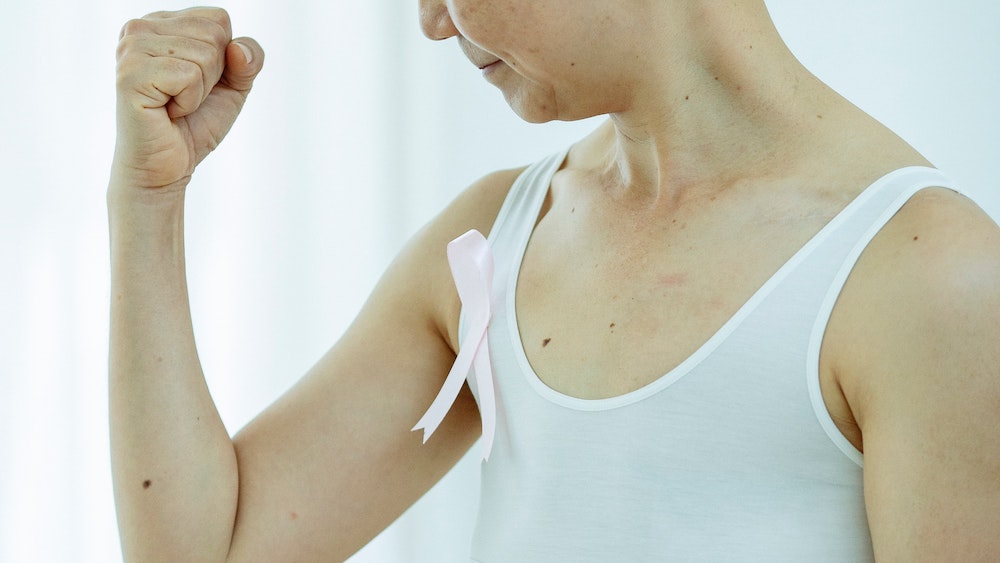Currently, Australian statistics show that 1 in 7 women will experience breast cancer in their lifetime. With early detection and continually advancing treatments, outcomes from breast cancer are extremely favourable.
What is often not discussed is how these necessary medical treatments – which can include multiple surgeries and radiation – can have a profound impact on women’s bodies. It is common for women to experience pain and swelling associated with these treatments.
Osteopathy is well placed to be able to support women with the musculoskeletal pain associated with medical treatment – after all, we don’t want women just surviving breast cancer, we want quality of life that is not impacted by pain. Osteopaths are evidence based allied health practitioners with high level palpatory skills and use established, effective soft tissue techniques including scar mobilisation and can address common presentations including scar tissue, cording and chemo belly.
Scar tissue is less elastic and tighter then “normal” tissue, this can restrict range of motion and can be a cause of pain. For best results, scar mobilisation treatment can begin as soon as 4 weeks post surgery (with your surgeon’s clearance). A combination of hands-on treatment from your Osteopath and self-management advice that can be continued at home will often yield the best outcomes.
“Cording” is a common presentation which can be the cause of limited arm movement. It occurs most commonly in the axilla, medial arm and chest wall following lymph node removal. Cording should be addressed quickly to avoid ongoing shoulder restriction (especially if it is impacting positioning for radiotherapy).
During chemotherapy, osteopathic treatment in the week leading up to your next dose could assist with the symptoms of “chemo belly”. This usually entails gentle abdominal (visceral) massage.

